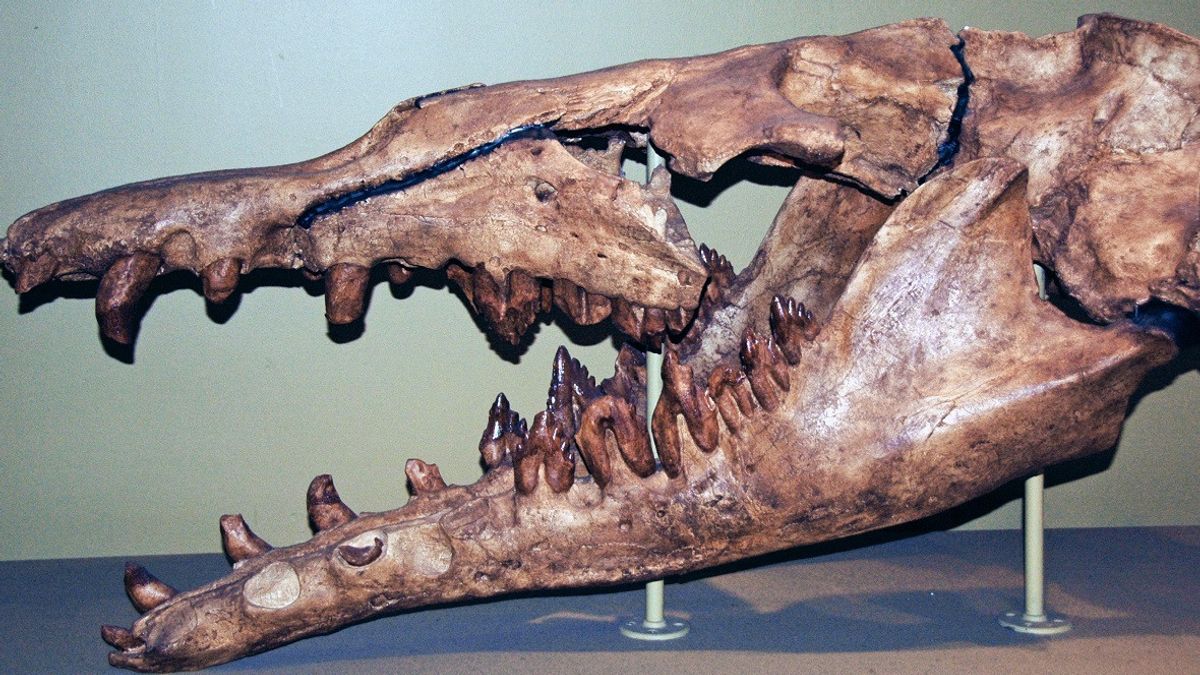JAKARTA - Paleontologists have unearthed the skull of a ferocious marine predator, the ancient ancestor of modern whales, that once lived in the prehistoric ocean that covered part of what is now Peru, scientists announced some time ago.
The roughly 36-million-year-old skull was unearthed intact last year from dry rock in Peru's southern Ocucaje desert, with rows of long, pointed teeth, Rodolfo Salas, head of paleontology at Peru's National University of San Marcos, told reporters at a news conference.
Scientists think the ancient mammal was a basilosaur, part of the aquatic cetacean family, whose contemporary descendants include whales, dolphins and porpoises.
Basilosaurus means 'king lizard', although the animal was not a reptile, but its long body may have moved like a giant snake.
The ultimate predator of its time probably measured about 12 meters (39 ft), or the height of a four-story building.
"It was a sea monster," Salas said, adding the skull, which has been on display at the university museum, may belong to a new species of basilosaurus.
"When looking for food, there must be a lot of damage," added Salas.
Scientists believe the first cetaceans evolved from land-dwelling mammals about 55 million years ago, about 10 million years after an asteroid hit what is now Mexico's Yucatan peninsula, wiping out most of life on Earth, including the dinosaurs.
Salas explained that when the ancient basilosaur died, its skull likely sank to the ocean floor, where it was quickly buried and preserved.
"Back in this era, the fossilization conditions were very good in Ocucaje," he concluded.
The English, Chinese, Japanese, Arabic, and French versions are automatically generated by the AI. So there may still be inaccuracies in translating, please always see Indonesian as our main language. (system supported by DigitalSiber.id)












